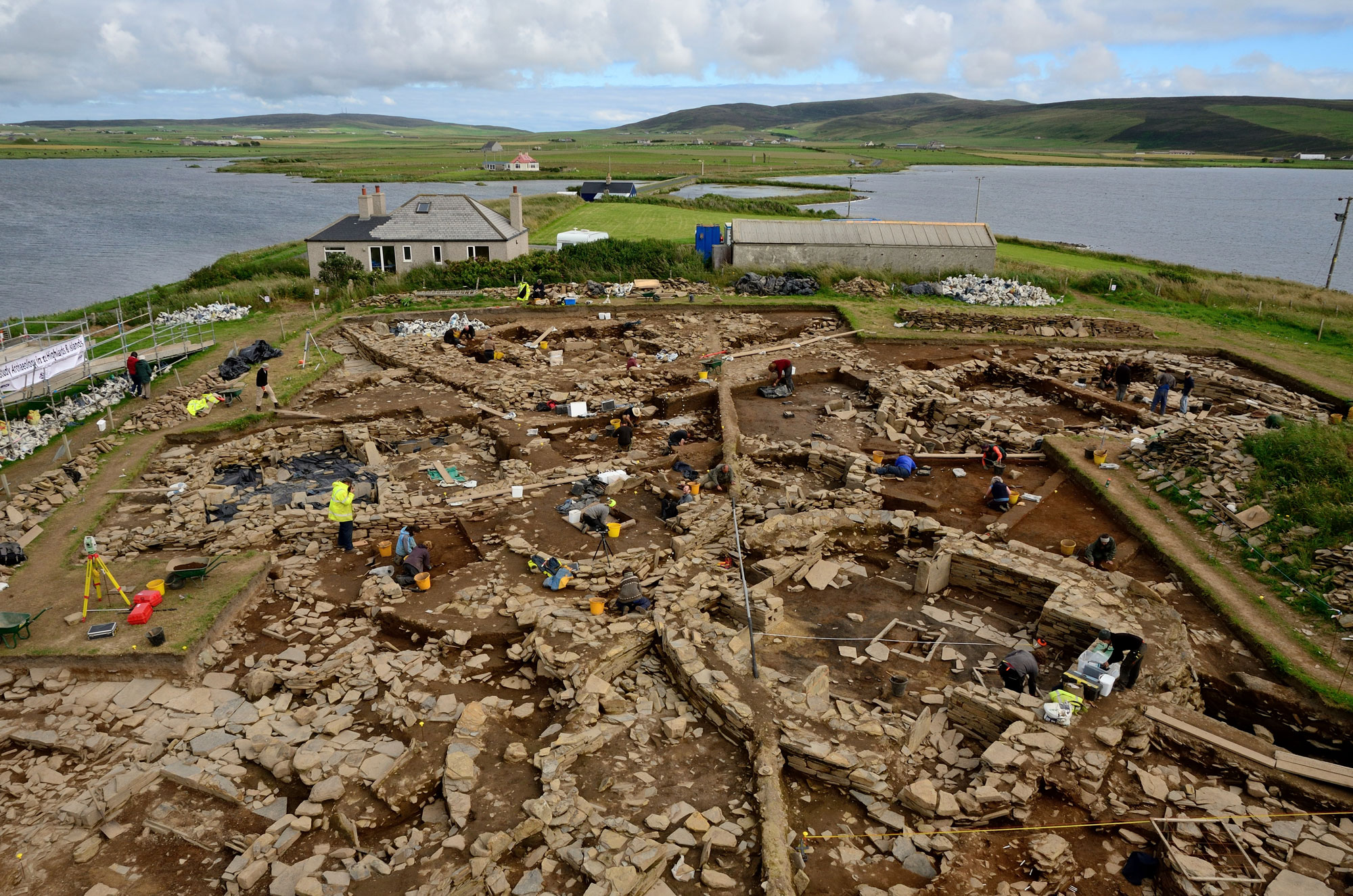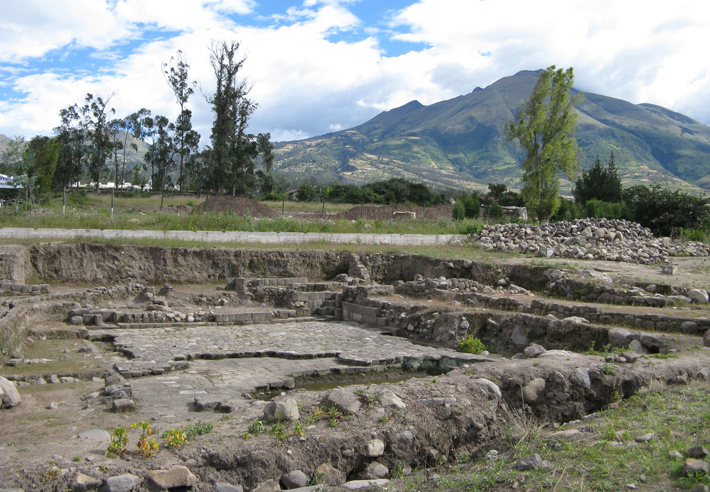
NEWCASTLE, ENGLAND—Warmer, wetter weather could accelerate the deterioration of the cups, rings, and grooves that were carved into slabs of sandstone in northern England between 4,000 and 6,000 years ago. A team of researchers from Newcastle University is developing a toolkit that landowners could use to protect their Neolithic and Bronze Age rock art by improving the drainage around decorated panels. “If we want to keep them, we need to start looking at how we can preserve them now,” said David Graham of the university’s School of Civil Engineering and Geosciences.









